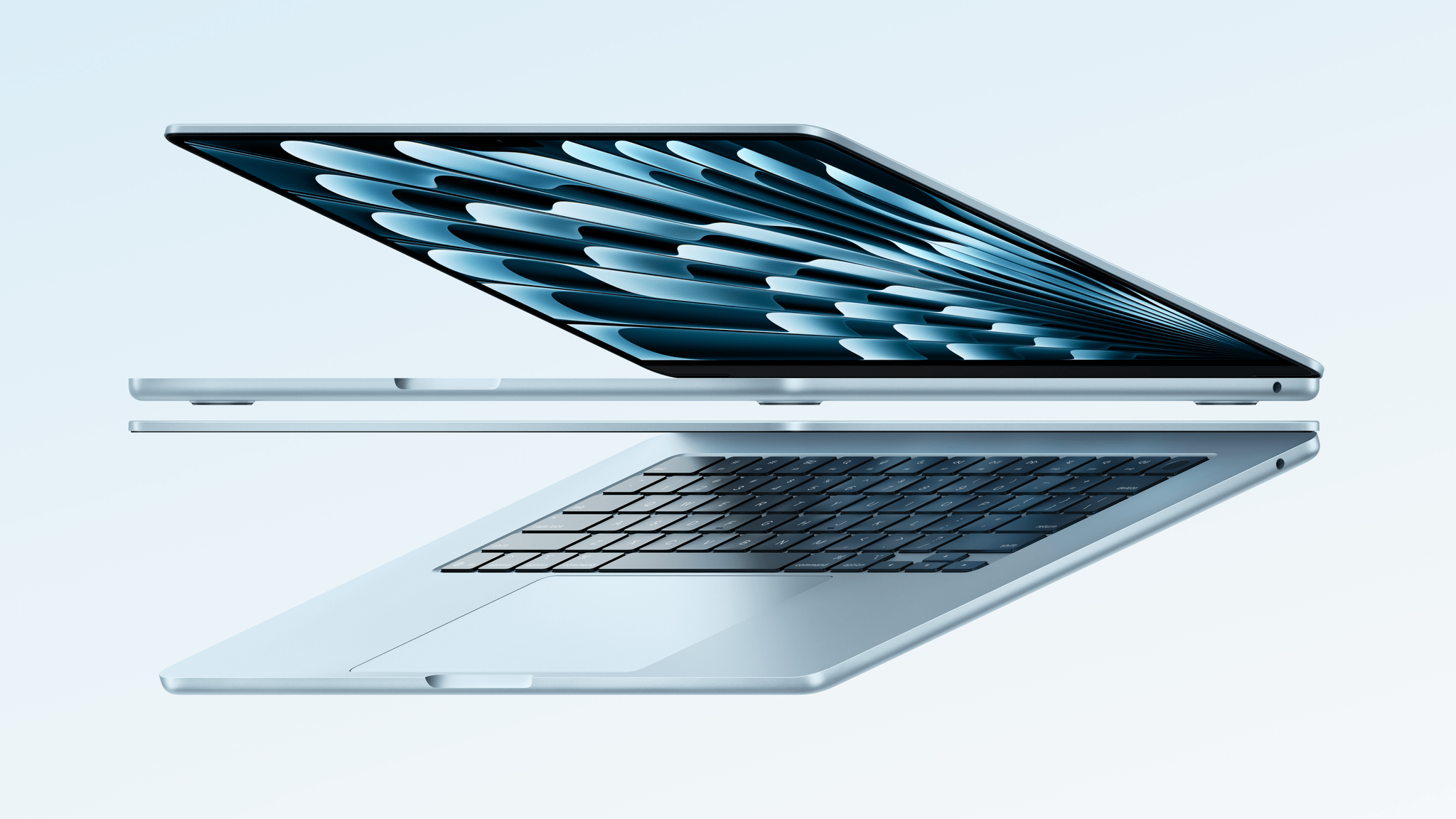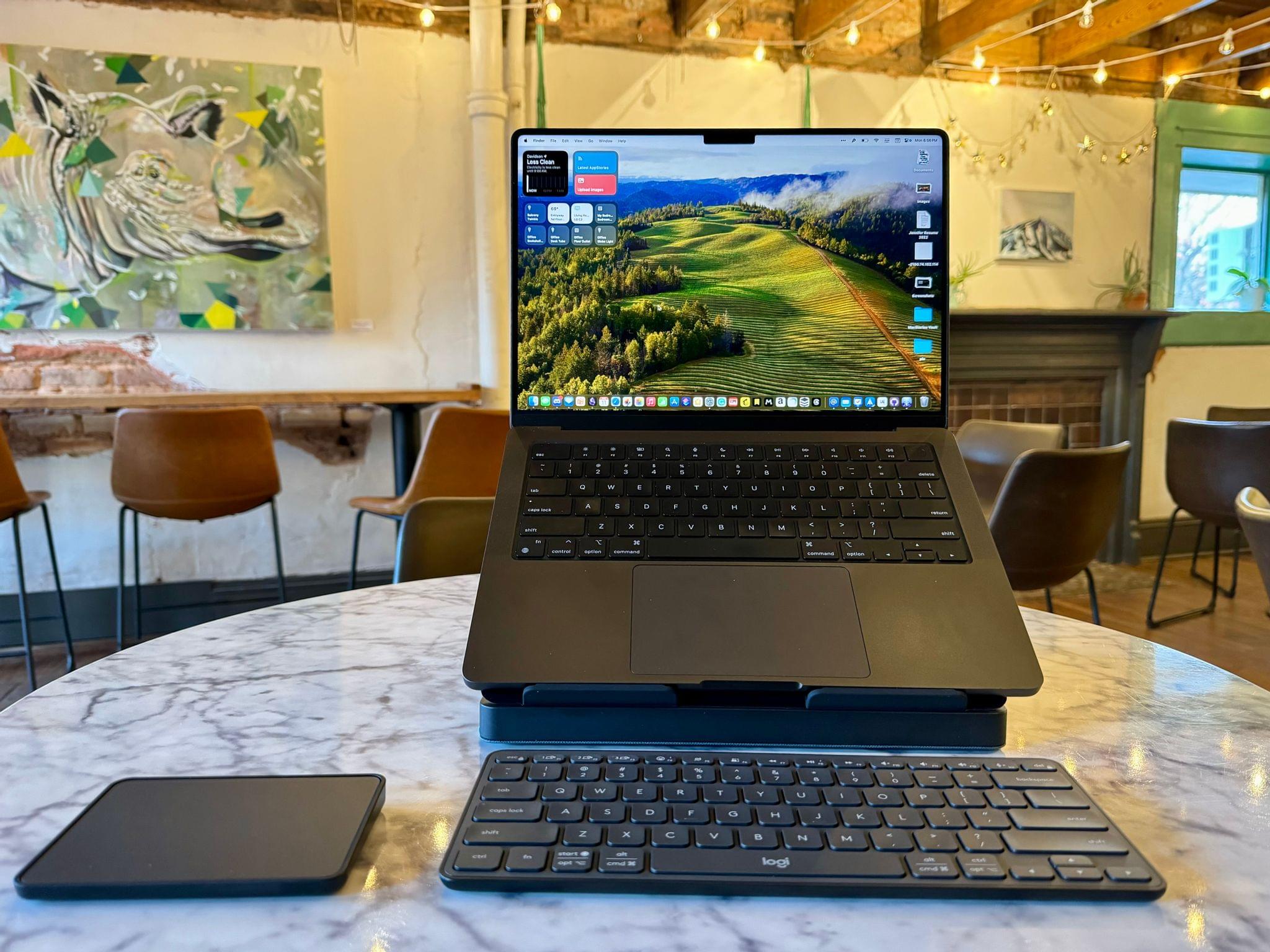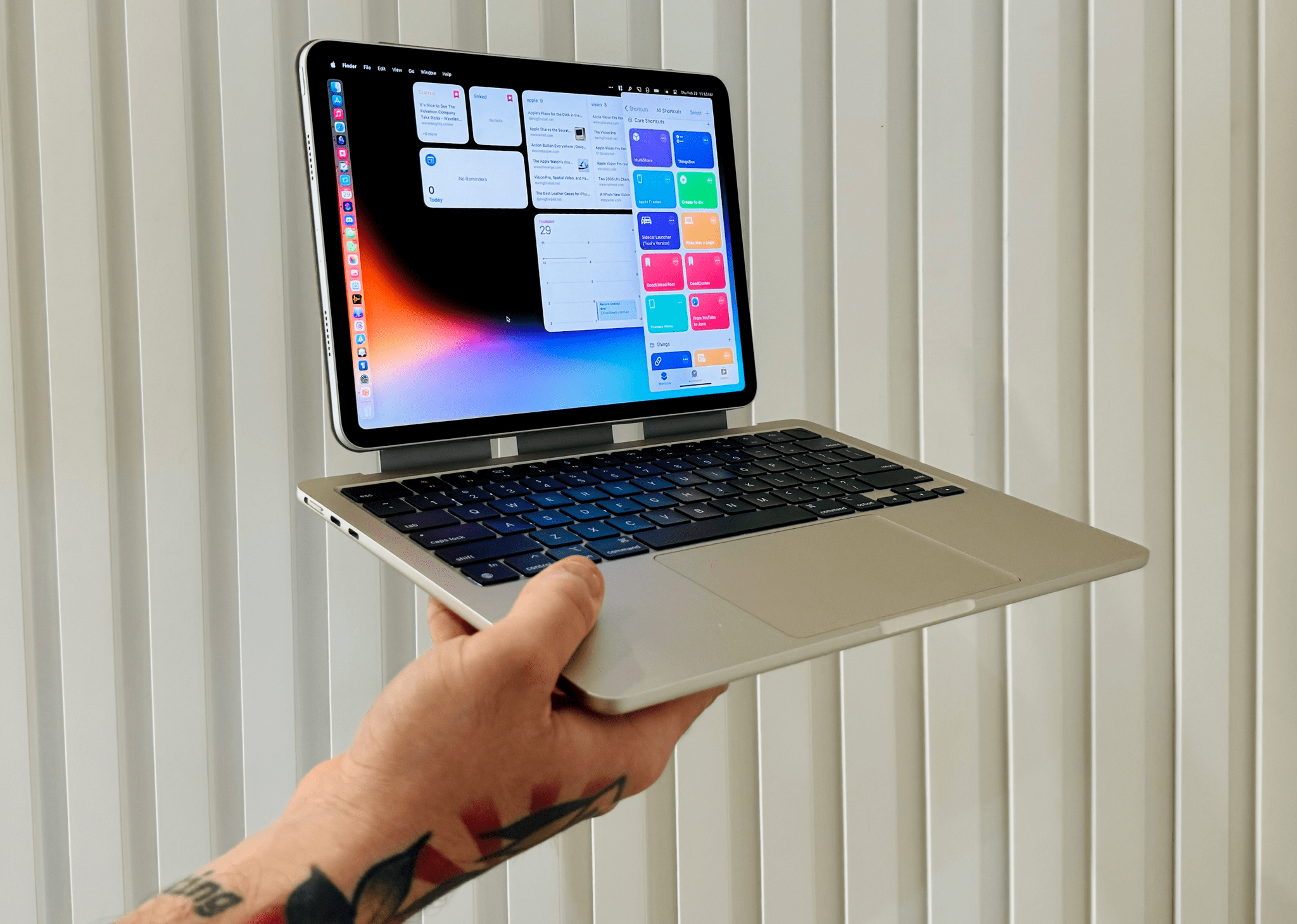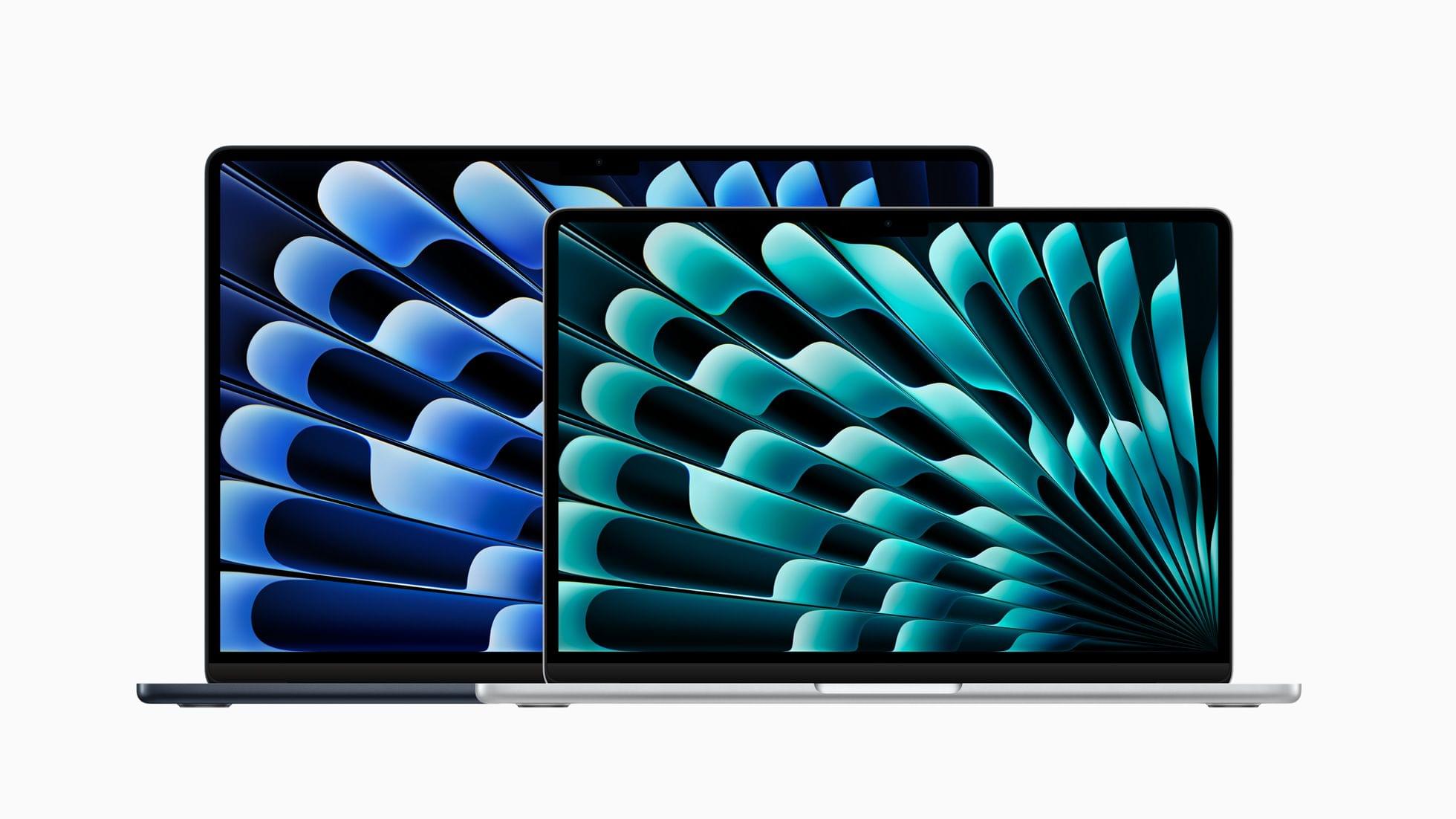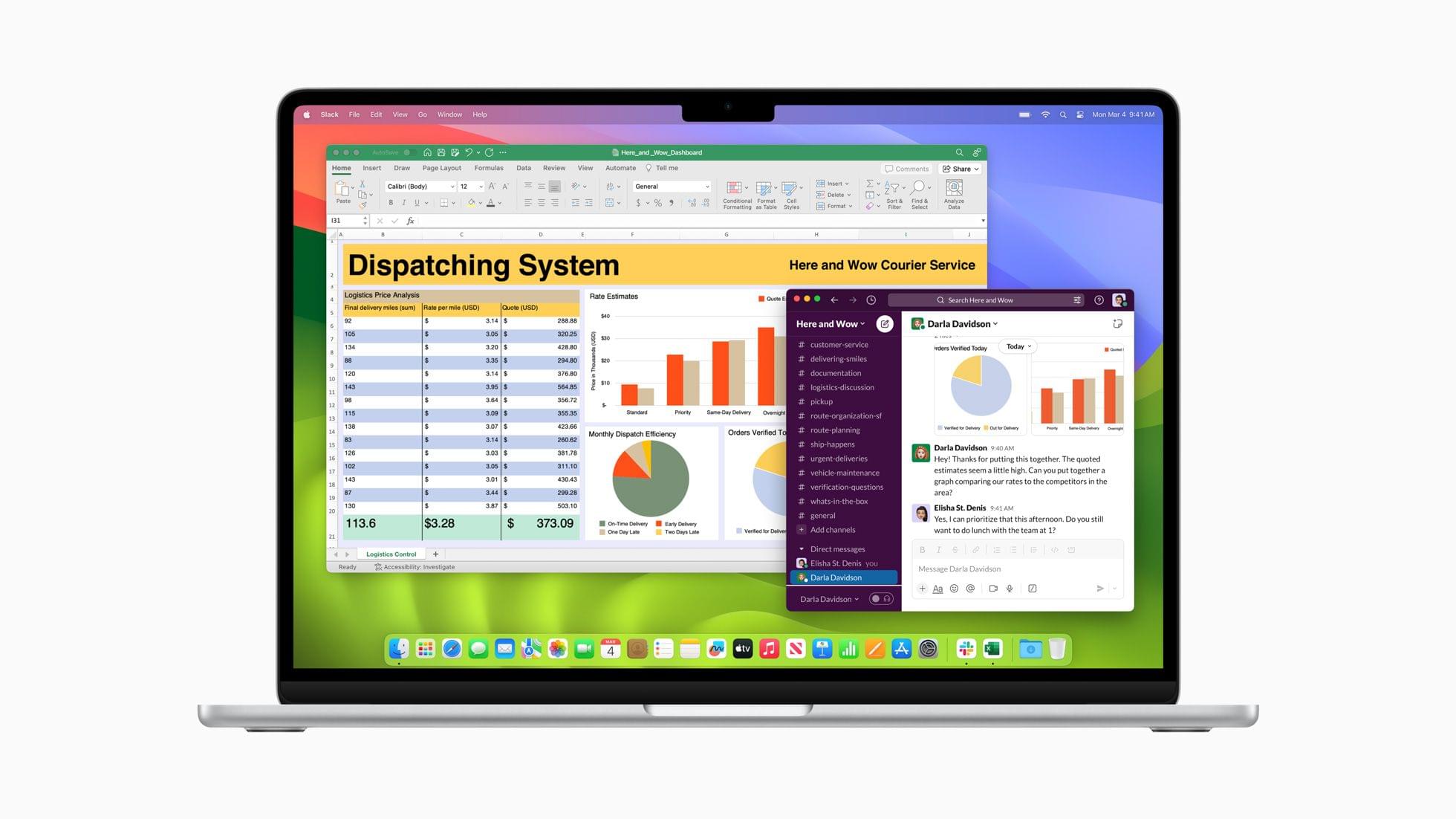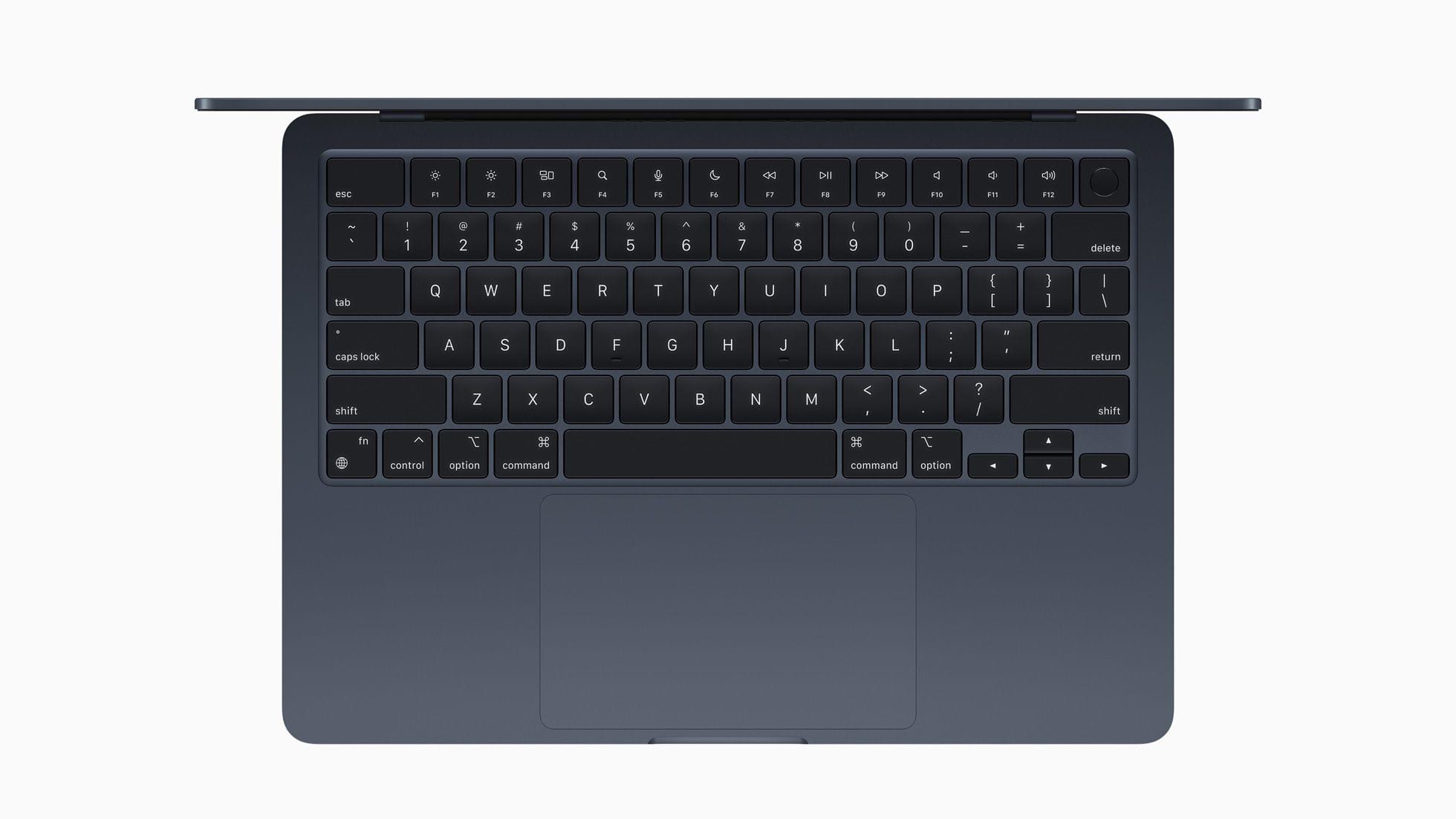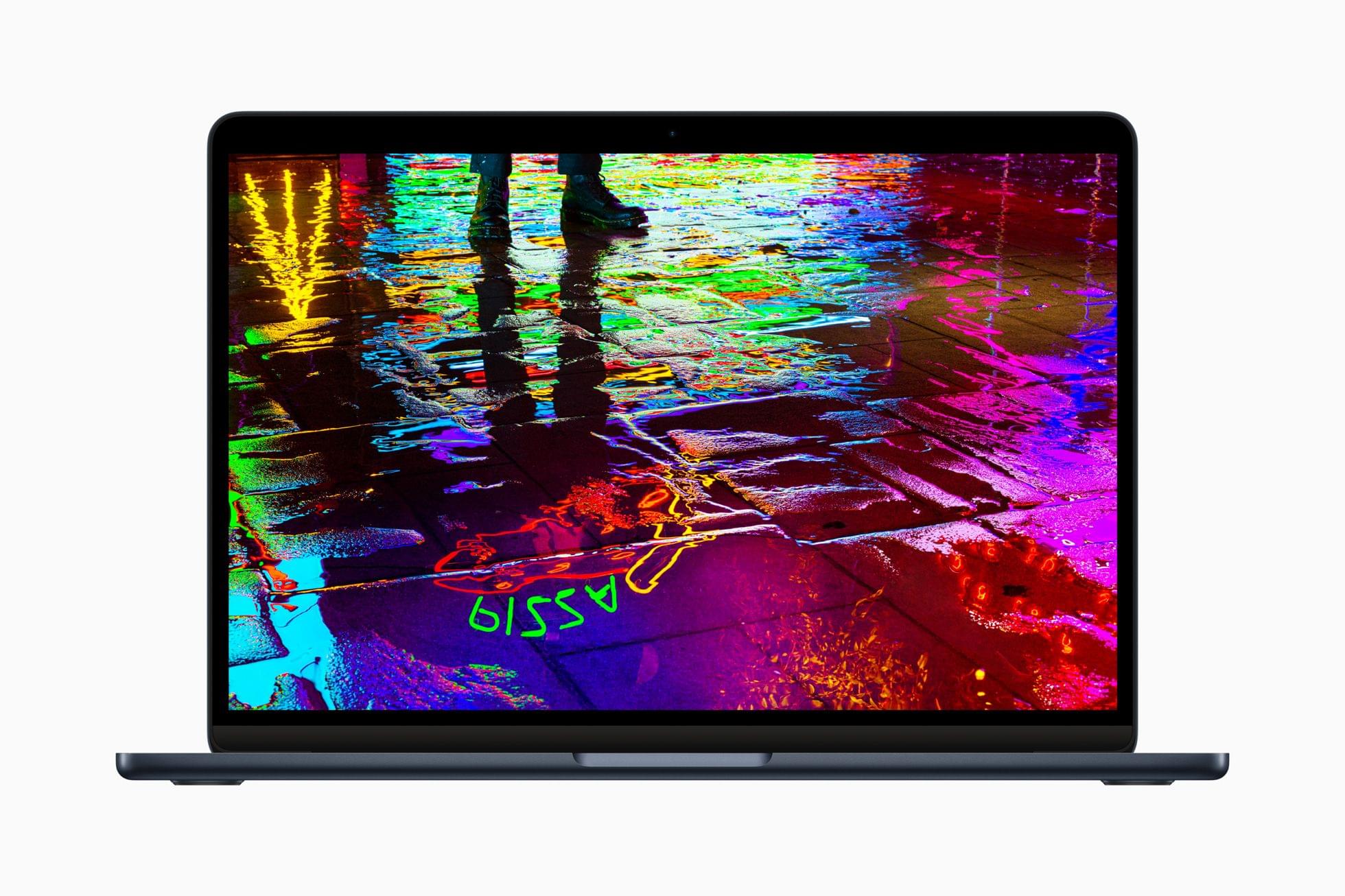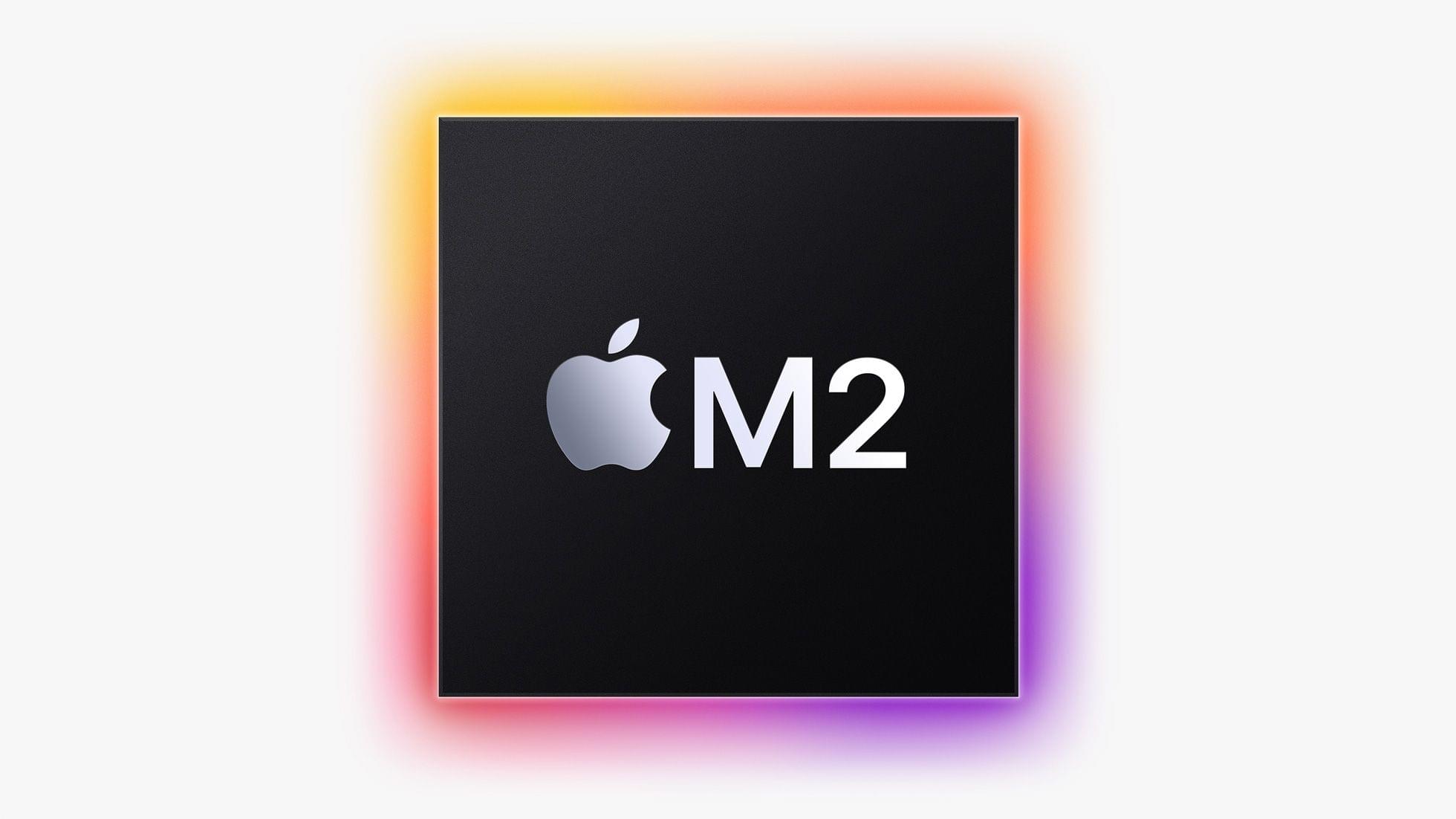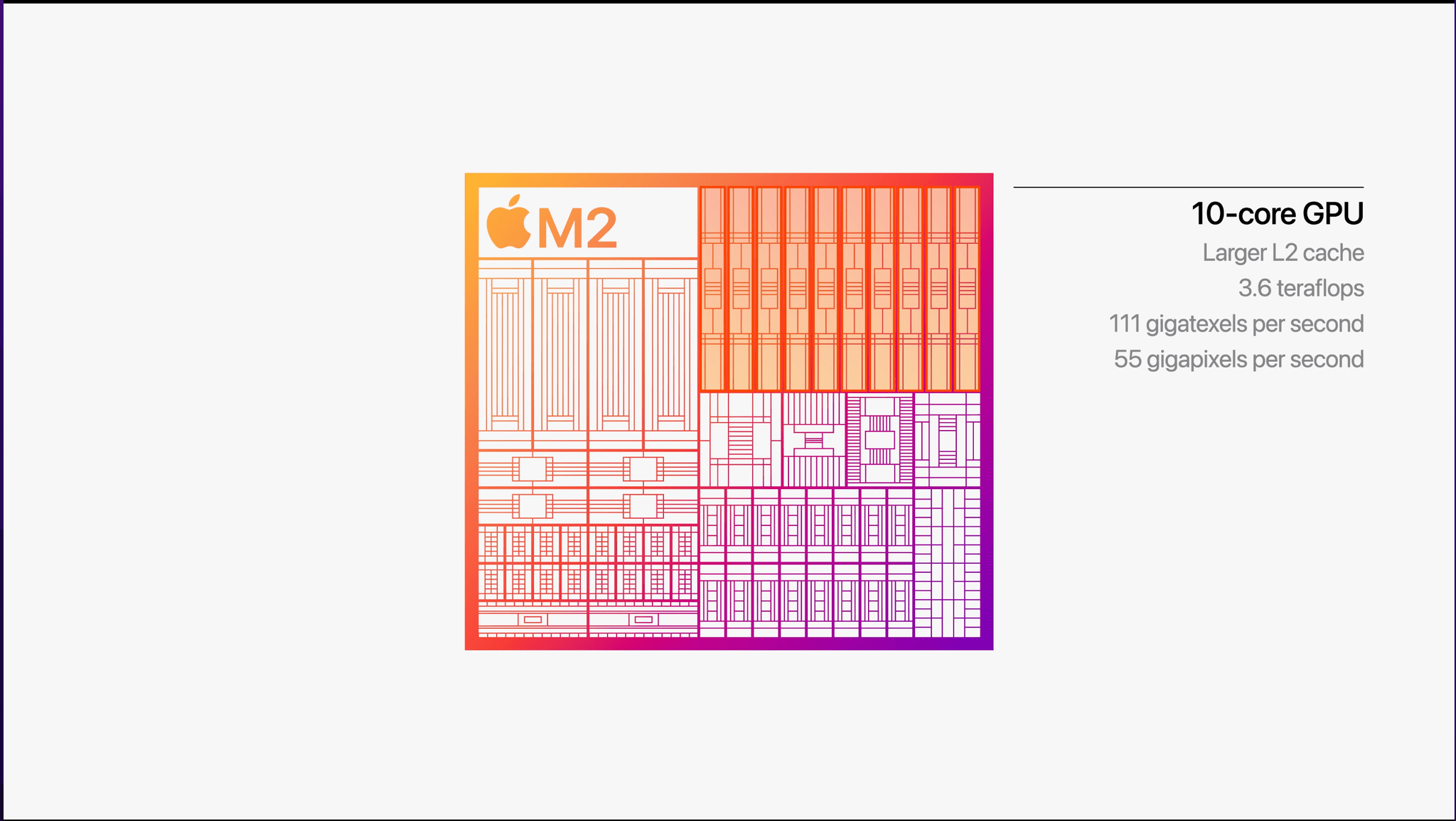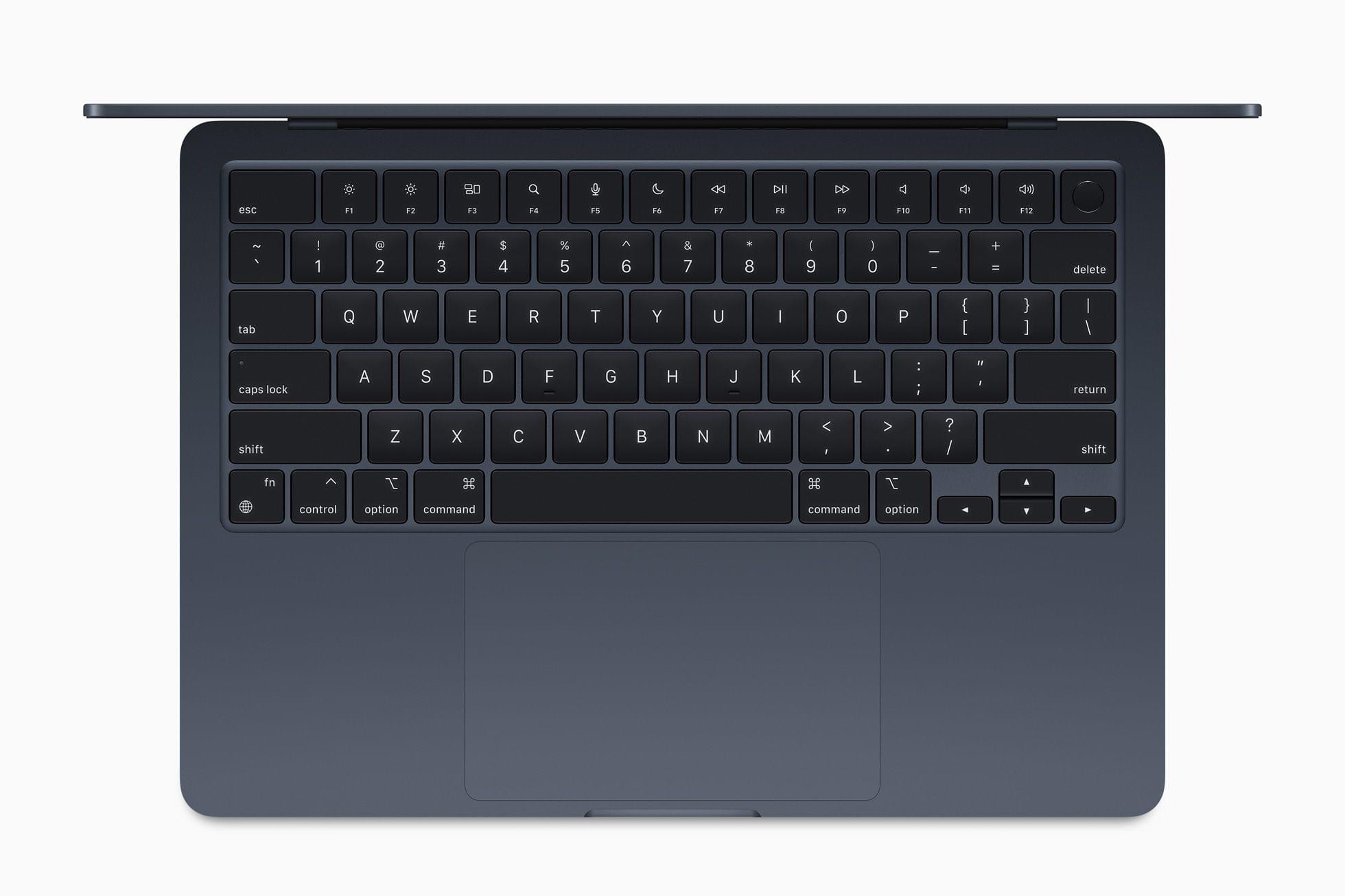Today, Apple announced the new MacBook Air with the M4 chip, a new sky blue finish, and a reduced starting price. This update brings the latest generation of Apple silicon to the MacBook Air while keeping the external hardware mostly the same – save for a new color option.
The M4 chip comes with a 10-core CPU, an 8-core GPU (configurable up to ten cores), 16-core Neural Engine, 16 GB of RAM (configurable up to 32 GB), and 256GB of storage (configurable up to 2TB), offering up to 2x the speed of the M1 chip according to Apple’s metrics. The new chip enables the MacBook Air to output to two external 6K displays in addition to its attached display, which remains available in 13-inch and 15-inch variants. The device’s built-in LED Liquid Retina display remains unchanged at 500 nits of brightness and 224 pixels per inch.
The MacBook Air’s I/O includes two Thunderbolt 4 ports (upgraded from the previous generation’s Thunderbolt 3/USB 4 ports) a MagSafe 3 charging port, and a headphone jack. It also continues to feature Touch ID, Wi-Fi 6E, and Bluetooth 5.3. Apple claims the M4 MacBook Air can run for up to 18 hours on a single battery charge.
The device’s camera has been upgraded to the improved 12MP version seen on last year’s MacBook Pros. It records video at 1080p resolution and supports Center Stage as well as Desk View.
The most noticeable change to the device is the new sky blue color option, which replaces space gray. Apple describes the finish as “a beautiful, metallic light blue that creates a dynamic gradient when light reflects off of its surface.” The MacBook Air is also available in starlight, midnight, and silver.
With this update, Apple has lowered and simplified the MacBook Air’s pricing structure. The M4 MacBook Air starts at $999 ($899 for education) for the 13-inch model and $1,199 for the 15-inch model. Previously, those starting prices were reserved for older MacBook Airs, not the latest generation, with current-gen models costing $100 more. Now, MacBook Air purchasers don’t have to choose between the newest chip and the best price.
While this update to the MacBook Air is mostly about the M4, that chip does bring along some niceties, and the upgraded camera and new color option are welcome additions as well. Add the new, lower price point on top of those changes, and this is an upgrade worth getting excited over for those in the market for a MacBook Air.
The new MacBook Air is available for preorder now with deliveries and in-store availability starting March 12.


